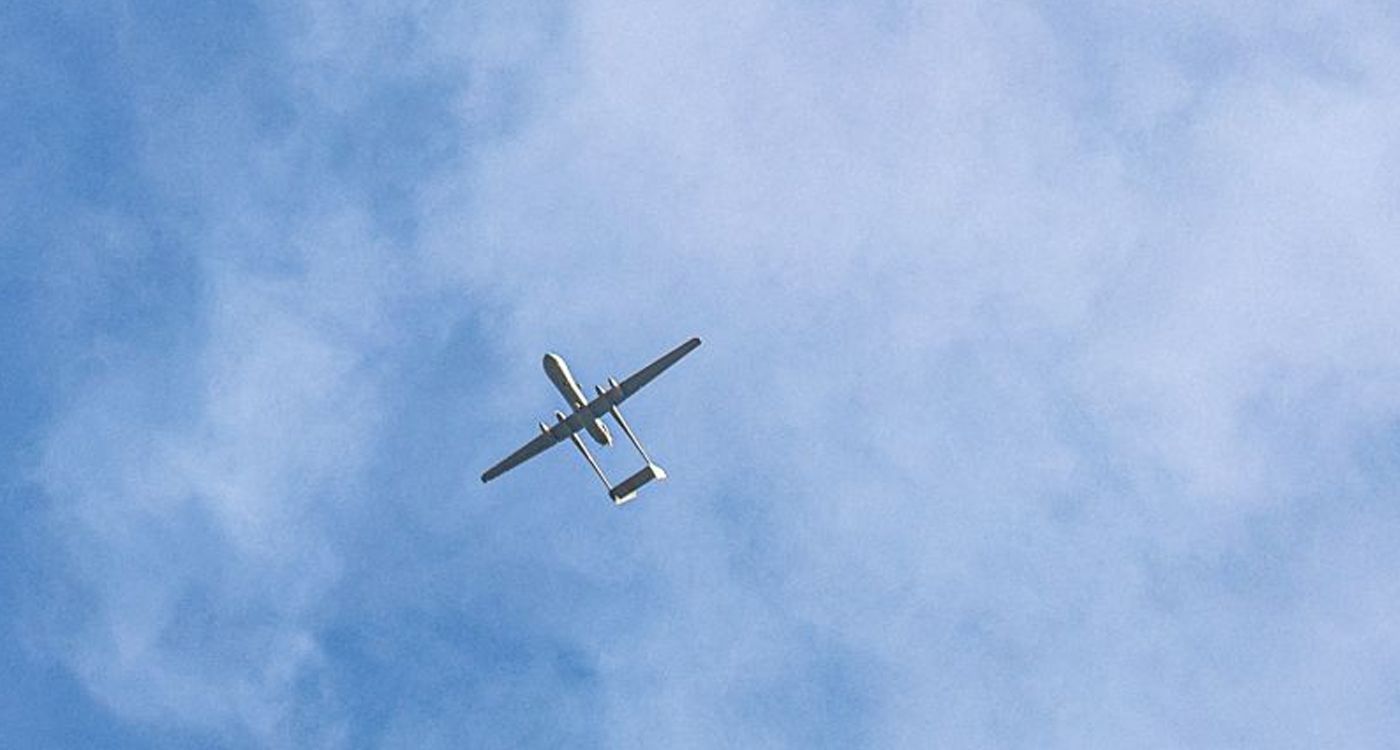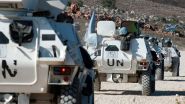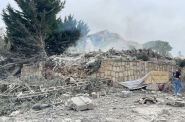
Since the onset of the conflict, the skies over Lebanon have been dominated by the persistent hum of Israeli drones. From the various models deployed to the specific missions they undertake, here’s an overview of these pilotless aerial vehicles.
For nearly a month, their constant buzzing has become a reminder of the new harsh reality for Beirut’s residents. For those displaced from South Lebanon, this sound has been a daily backdrop for over a year.
On clear days, these drones are easily visible in the Lebanese sky. What are they? They’re Israeli drones, commonly referred to as “MK.”
This designation actually includes at least four types of Israeli pilotless aircraft, which can be grouped into two main “families” or categories: the Hermes and the Heron.
Despite their differences, these aircraft share several key characteristics. Due to their performance, they fall into the Medium Altitude Long Endurance (MALE) category. This means they can operate for over 20 hours at altitudes typically ranging from 3,000 to 9,000 meters.
The Hermes series
The Hermes 450, introduced in 1998 by the Israeli company Elbit Systems, is the oldest drone in the Hermes lineup. With a wingspan of 10.5 meters and a maximum weight of 450 kg, it can operate at altitudes of up to 5,500 meters for 20 hours, achieving a maximum speed of approximately 176 km/h. Its payload capacity is around 180 kg, allowing it to carry a variety of equipment.
This payload can include an array of electro-optical sensors, radar systems for target tracking, pods for electronic intelligence, communication, electronic warfare, and even small bombs or missiles. At a price point of about $2 million, the Hermes 450 is also among the more economical drones in its category.
However, it has its vulnerabilities. Its relatively low operational ceiling makes it susceptible to anti-aircraft systems. Not surprisingly, the Hermes 450 has the highest number of drones downed by Hezbollah, with at least six confirmed since October 2023.
Since 2012, the Israeli army has increasingly favored its successor, the Hermes 900. With a wingspan of approximately 16 meters and a weight of 1,100 kg, this newer model is larger and overpriced, with prices ranging from $6.8 million to $8.8 million.
Like its “big” brother, the Hermes 900 is equipped with a comprehensive suite of sensors and similar instruments and armaments mounted under its wings. However, its greater payload capacity of 350 kg allows it to carry more extensive equipment.
It also operates at a higher altitude, with a ceiling of 9,000 meters and a maximum speed of 220 km/h, capable of flying for over 30 hours. This altitude advantage enables it to evade most of Hezbollah's anti-aircraft systems, which typically have a range of less than 5 km. Nevertheless, despite its enhanced capabilities, the Hermes 900 is not entirely immune; two units have been downed since October 2023.
The Heron and Eitan drones
Tel Aviv also employs the Heron drone, developed by Israel Aerospace Industries (IAI) and introduced in 2005. With a wingspan of approximately 16 meters, the Heron can fly at speeds of around 200 km/h and reach a maximum altitude of 10,000 meters.
Like the Hermes models, the Heron is equipped to carry various sensors, instruments, and potentially weapons beneath its wings, with a payload capacity of 250 kg, similar to the Hermes 900. However, its significantly longer endurance – up to 52 hours – enables it to conduct extended surveillance missions over considerable distances.
Since 2010, the Israeli army has deployed a more advanced version, the Eitan, also known as the Heron TP. This drone ranks among the most sophisticated in Israel's arsenal. While its endurance is slightly lower than that of the Heron, at “only” 36 hours, the Eitan excels in virtually every other aspect.
With a wingspan of approximately 26 meters – comparable to that of a small airliner – it can achieve a maximum speed of 450 km/h, double that of the Heron. Operating at altitudes of up to 14,000 meters, it can evade most air defenses, making it significantly harder to shoot down.
Notably, the Eitan boasts a much larger payload capacity of 2,700 kg, allowing for more advanced instrumentation and munitions. However, these enhancements come with a hefty price tag, with each unit costing between $35 million and $50 million.
Intelligence, Surveillance and Reconnaissance
Due to their high modularity, these famous MK drones – likely named after the Heron Mk. II, another designation for the Eitan –are capable of fulfilling various mission types over Lebanon. The drones commonly observed over Beirut are typically Hermes models, while the Eitan usually operates at higher altitudes.
The primary mission of these drones involves Intelligence, Surveillance and Reconnaissance (ISR). In this role, they fly in a circular pattern over their area of operation, employing electro-optical and infrared sensors for real-time visual monitoring. These instruments are further enhanced by synthetic aperture radar and laser telemetry systems.
This configuration allows for high-resolution imagery of the terrain, even under adverse weather conditions. These drones meticulously map regions and their infrastructures to facilitate planning for attacks or infiltration operations. They can also identify and monitor targets for future strikes while assessing enemy capabilities prior to military engagement.
However, ISR encompasses much more than visual surveillance. Equipped with electromagnetic intelligence instruments, Israeli drones can intercept various communications, including radio and electronic signals.
This includes phone calls, digital communications and radar transmissions. The collected data is then relayed to specialized intelligence agencies for analysis, similar to the well-known Unit 8200.
Depending on their equipment, these drones can also conduct electronic warfare operations against enemy systems, which, in Lebanon, may involve disrupting GPS functionalities.
Targeting and strikes
These unmanned aerial vehicles (UAVs) also play a crucial role in offensive operations, particularly in targeted missions. When equipped with advanced technology, they can accurately relay the precise location of designated targets.
Drones gather precise GPS data or track targets directly using laser designators, which emit a beam to “mark” the target. This information is subsequently transmitted to laser-guided munitions, enabling highly accurate strikes.
In addition to targeting, these drones can conduct damage assessments, confirming the destruction of a target while analyzing the impact of the attack.
Finally, when armed, Israeli drones can execute strikes autonomously. While the Israeli army typically refrains from commenting on this matter, numerous credible accounts indicate that such operations do take place.
In this context, the size of the aircraft significantly influences its offensive capabilities. Due to their limited payload, the Heron series drones are restricted to “targeted” strikes, akin to assassinations, utilizing small-caliber munitions like bombs or missiles.
In contrast, the Eitan's enhanced capacity allows for not only targeted strikes but also larger-scale attacks. Its greater payload enables it to conduct strategic strikes, particularly employing American J-DAM (Joint Direct Attack Munition) munitions.
Whether engaged in ISR missions, targeting or strikes, Israeli drones maintain nearly continuous surveillance sorties. Their operator teams are regularly rotated to ensure a high level of vigilance without requiring the drone to leave the target area.
This incessant and psychologically taxing noise primarily serves operational necessities, often neglecting the mental wellbeing of the Lebanese population.




Comments